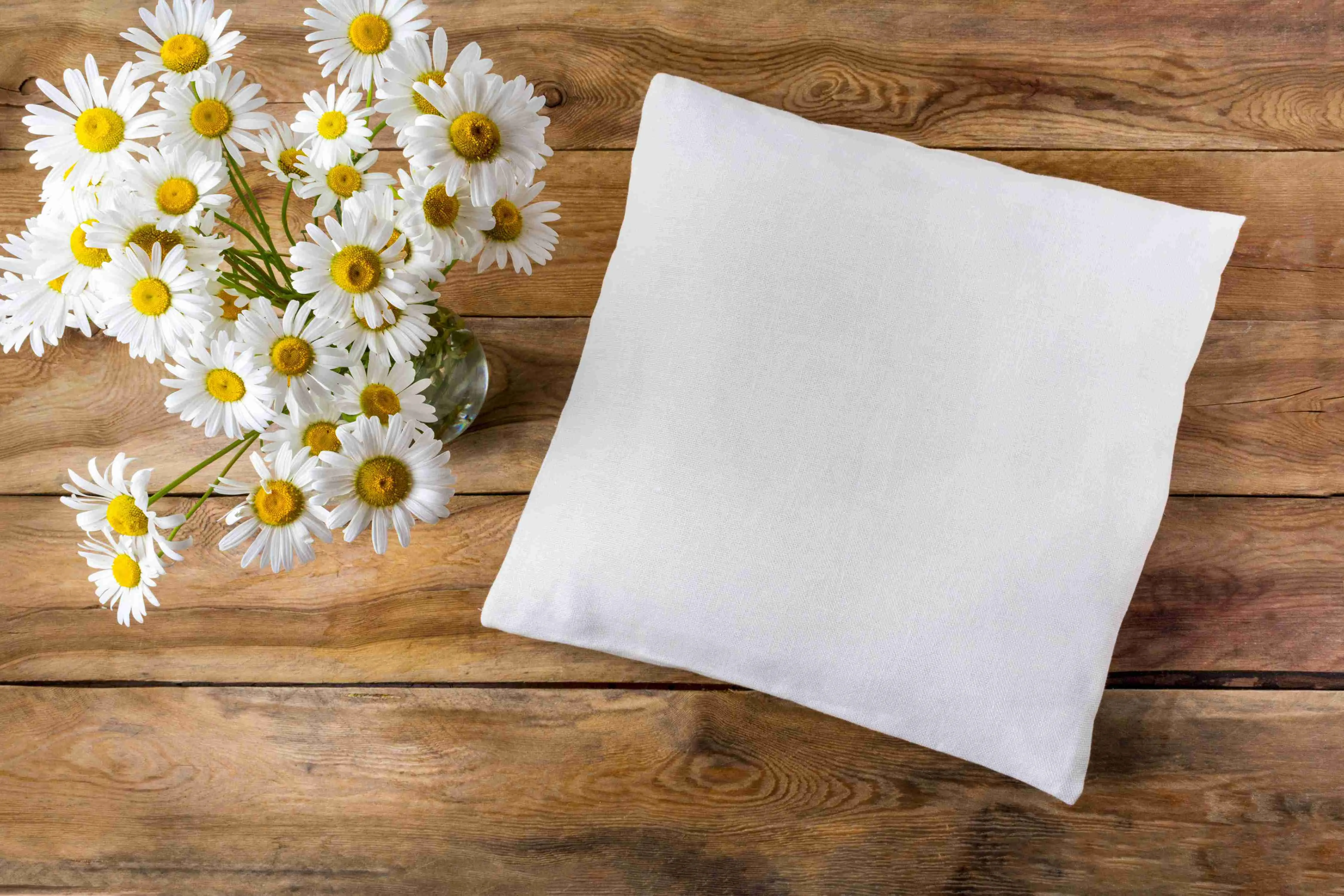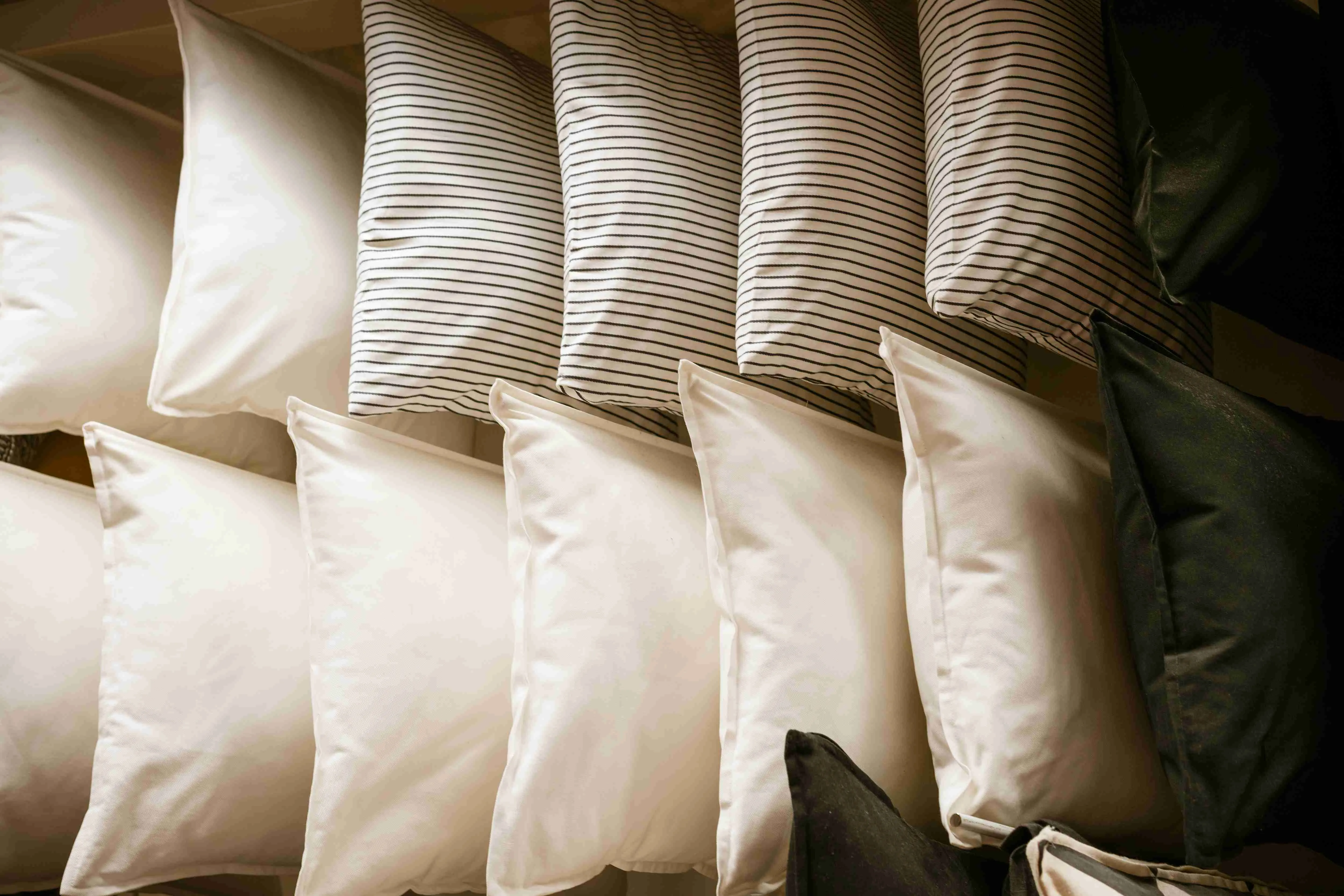
When it comes to creating a comfortable and inviting sleep environment, the choice of pillowcase material plays a pivotal role. From the luxurious feel of silk to the natural breathability of cotton, each pillowcase material offers distinct qualities that can impact sleep quality and overall well-being.
In this article, we delve into the world of pillowcase materials, comparing their unique characteristics, benefits, and care requirements. Whether you're seeking optimal comfort, skin and hair care benefits, or hypoallergenic properties, understanding the differences between pillowcase materials is essential for making an informed choice that aligns with your sleep needs. Check out our article "Best Pillows of 2024" for more information on buying your proper pillow.
Why does the right pillowcase matter?
The right pillowcase matters for several reasons, including comfort, hygiene, pillow size, and skin and hair care. The choice of pillowcase material can significantly impact the quality of sleep and overall well-being. Different individuals have specific sleep needs and preferences, such as breathability, temperature regulation, skin sensitivity, and allergy management.
Different Pillowcase Materials
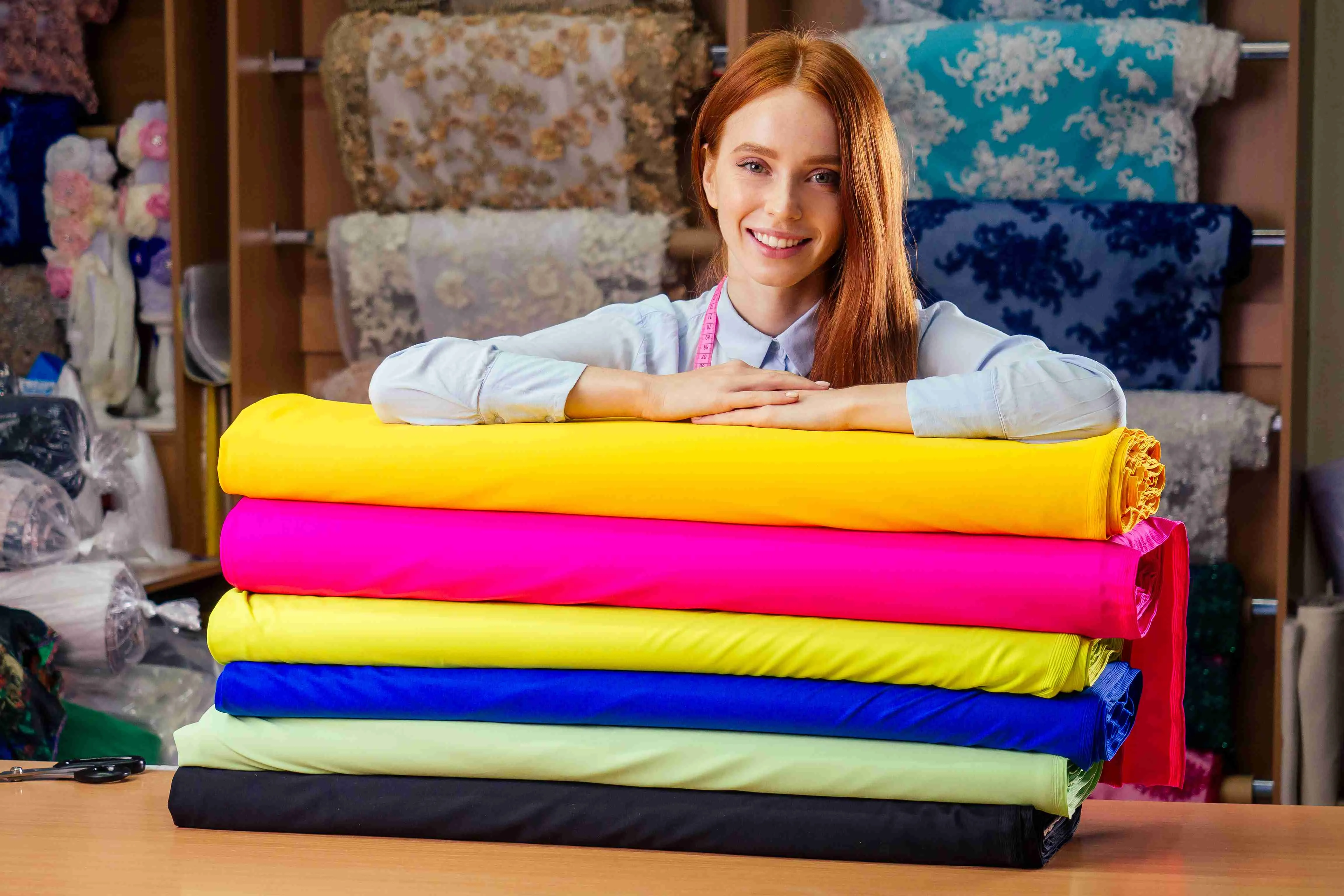
Cotton
Cotton pillowcases are known for their softness, breathability, and easy maintenance. They are a popular choice due to their natural properties, which make them comfortable and suitable for all seasons.
Silk
Silk pillowcases are luxurious and renowned for their smooth texture, which can help reduce friction on the skin and hair. Additionally, their hypoallergenic properties and moisture-wicking abilities make them highly valued.
Linen
Linen pillowcases are highly breathable, absorbent, and known for their natural texture. They offer a relaxed, casual look and are ideal for warm climates due to their cooling properties.
Satin
Silk, polyester, or nylon are common materials used to make satin pillowcases. People prize them for their smooth, lustrous surface, which is known to minimize hair breakage and reduce facial wrinkles.
Microfiber
Fine synthetic fibers craft microfiber pillowcases, providing a soft and wrinkle-resistant surface. They are often highly durable and simple to care for, making them a practical choice.
Bamboo
People value bamboo pillowcases for their silky feel, breathability, and moisture-wicking properties. They are also known for being hypoallergenic and suitable for individuals with sensitive skin.
Flannel
Flannel pillowcases are made from cotton or wool and are prized for their warmth and coziness, making them an excellent choice for colder seasons.
Factors to Consider When Choosing a Pillowcase Material
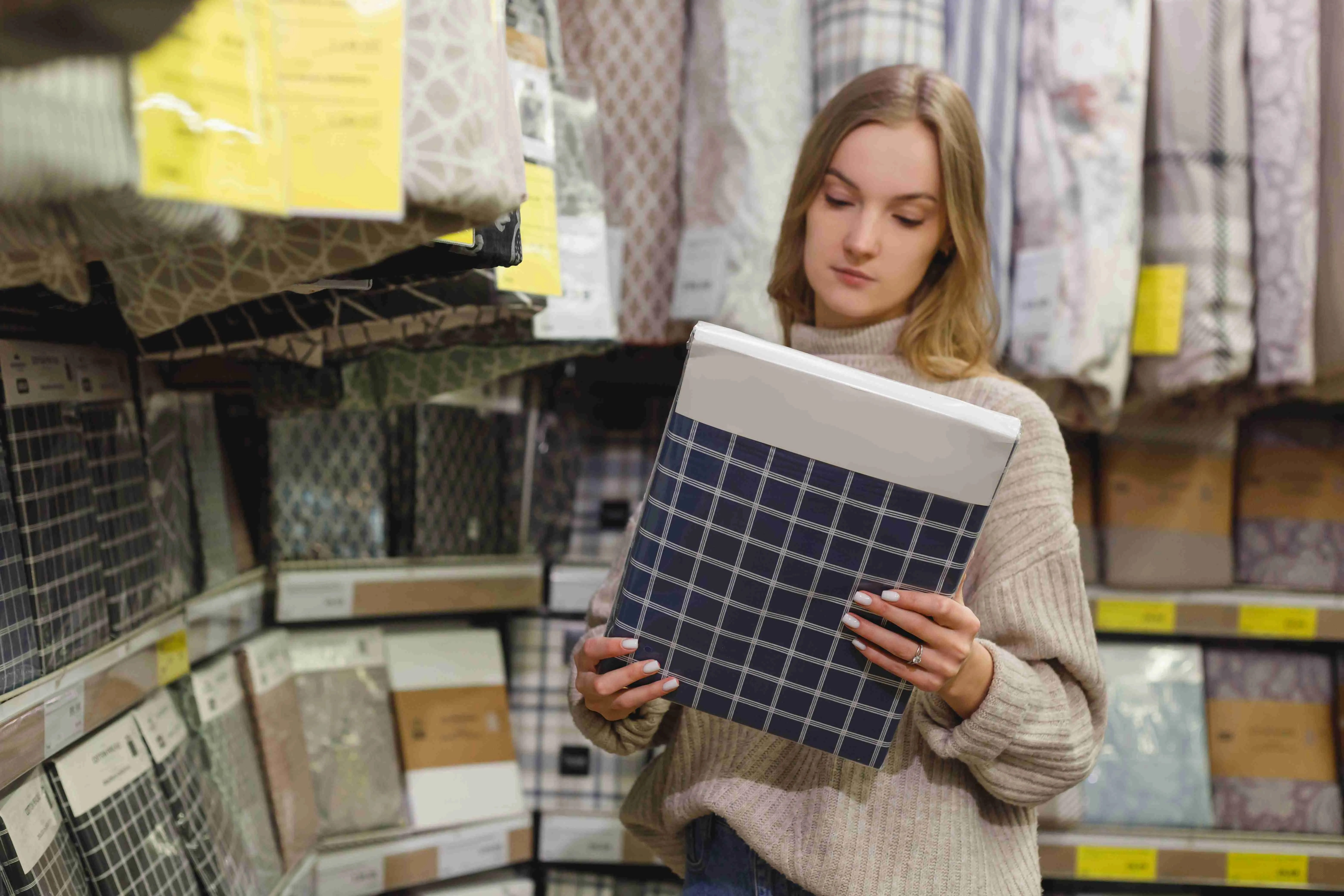
The best pillowcase material will depend on your individual preferences for feel, maintenance, and any specific skin or allergy considerations. When searching for the perfect pillowcase material, consider the following factors.
Comfort and Breathability
The comfort and breathability of a pillowcase material significantly impact the quality of sleep. Natural materials offer excellent breathability, allowing air to circulate, preventing heat buildup, and promoting a cooler and more comfortable sleep experience.
Temperature Regulation
Pillowcase materials with inherent temperature-regulating properties contribute to maintaining a comfortable sleep environment. Look for materials that have moisture-wicking and cooling effects, which can help regulate body temperature and prevent overheating during sleep.
Skin and Hair Care
The choice of pillowcase material can influence skin and hair health. Smooth and hypoallergenic fabrics can reduce friction, minimizing potential skin irritation and hair breakage. These materials also aid in retaining skin moisture and preventing hair damage.
Durability and Maintenance
When selecting a pillowcase material, durability and ease of maintenance are critical considerations. High-quality blends are known for their durability and resistance to wear, making them suitable for long-term use. Additionally, machine-washable and easy-to-care-for materials simplify maintenance routines.
Allergies
For individuals with allergies or sensitivities, selecting hypoallergenic pillowcase materials is essential, as they can help reduce exposure to allergens, dust mites, and other potential irritants, promoting a healthier sleep environment for allergy sufferers.
Choosing the Right Pillowcase Material for You
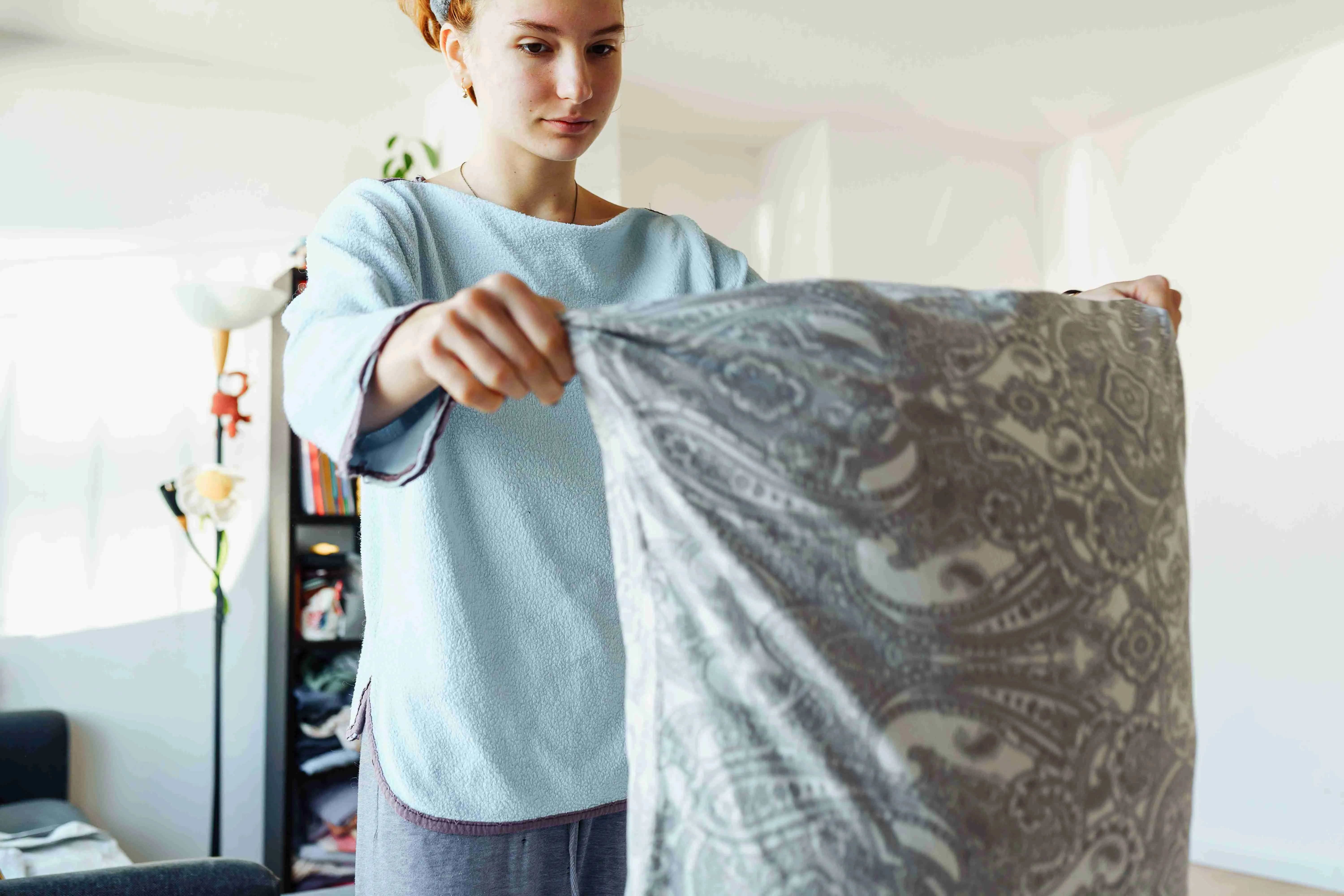
For Breathability and Comfort
Choose pillowcase materials such as cotton, bamboo, or linen known for their excellent breathability, allowing air to circulate and providing a comfortable sleep experience.
For Cool Sleepers
Opt for pillowcase materials with cooling properties, such as Tencel or moisture-wicking fabrics, to help maintain a cooler sleep environment and prevent overheating.
For Warm Sleepers
For those who tend to feel cold during sleep, materials that prioritize warmth without overheating are essential. Look for options that offer excellent insulation while also allowing for proper airflow to prevent discomfort.
For Luxurious Comfort and Potential Skin and Hair Benefits
Select smooth and hypoallergenic materials like silk or satin for a luxurious feel and potential skin and hair care benefits, reducing friction and promoting skin moisture retention.
For Allergy Sufferers
Choose hypoallergenic pillowcase materials such as tightly woven cotton or microfiber to reduce exposure to allergens, dust mites, and potential irritants, creating a healthier sleep environment for allergy sufferers.
Pillowcase Care and Maintenance Tips

Special maintenance for each pillow type is crucial for ensuring a clean and fresh sleep environment. By adhering to these maintenance tips, you can keep your pillows clean and fresh, ensuring a comfortable and restful night's sleep.
Washing Frequency
Ideally, you should wash pillowcases every 1-2 weeks to remove oils, sweat, and dirt, promoting a hygienic sleep environment.
Washing Instructions
- Read the care label: Always check the care label for specific washing instructions to ensure proper care for the fabric.
- Turn pillowcases inside out: Turning the pillowcases inside out helps protect the outer surface and any decorative elements during washing.
- Use a gentle detergent: Use a mild, gentle detergent to clean the pillowcases without causing damage to the fabric.
- Minimize laundry load: Avoid overcrowding the washing machine to allow the pillowcases to move freely and be thoroughly cleaned.
- Avoid fabric softener: Fabric softeners can leave a residue that may affect the breathability and absorbency of the pillowcase fabric, so it's best to avoid using them.
Drying Tips
- Tumble dry low: Use a low-heat setting when tumble drying the pillowcases to prevent damage to the fabric and maintain their quality.
- Sun drying (optional): If weather permits, sun drying the pillowcases can help freshen and naturally whiten the fabric.
- Avoid high heat: Avoid exposing the pillowcases to high heat, as it can cause shrinkage and damage to the pillowcase’s fabric fibers.
Preserving and Caring for Different Pillowcase Materials

Cotton
Cotton pillowcases can be preserved and maintained by avoiding direct sunlight exposure to prevent color fading and using pillow protectors to minimize wear and tear.
To care for cotton pillowcases, machine wash them in warm water with a gentle detergent, and avoid using bleach to preserve the fabric's quality. Tumble dry on a low setting and promptly remove the pillowcases to prevent wrinkles. If necessary, iron in a warm setting to maintain a crisp appearance.
Linen
To preserve the quality of linen pillowcases, store them in a cool, dry place to prevent mildew and avoid exposure to direct sunlight to prevent discoloration.
When washing linen pillowcases, use a gentle detergent and opt for a delicate cycle with cold water to prevent shrinkage. Line drying or tumble drying on low heat can help maintain the fabric's integrity. To ensure a smooth finish, iron linen pillowcases while they are still slightly damp.
Bamboo
Preserving bamboo pillowcases involves avoiding excessive heat exposure and storing them in a well-ventilated area to prevent moisture retention.
When washing bamboo pillowcases, use cold water and a mild detergent to maintain their softness and color. Tumble dry on a low-heat setting or air dry to prevent shrinkage and maintain the fabric's natural properties.
Silk and Satin
To preserve the quality of silk and satin pillowcases, store them away from direct sunlight and avoid contact with rough surfaces to prevent snags and tears.
When washing silk and satin pillowcases, use a gentle detergent and hand wash in cold water to prevent damage to the delicate fabric. Avoid wringing or twisting the fabric; instead, gently press out excess water. To maintain their luster, air-dry the pillowcases away from direct heat and sunlight.
Flannel
To preserve flannel pillowcases, store them in a cool, dry place to prevent moisture buildup and avoid exposure to direct sunlight to prevent fading.
When washing flannel pillowcases, use a gentle detergent and wash in cold water to prevent pilling. Tumble dry on a low-heat setting and promptly remove from the dryer to prevent wrinkles and maintain the fabric's softness.
FAQs
What are the benefits of different pillowcase materials?
Different materials offer unique benefits. For example, cotton is known for its breathability and softness, while silk provides a luxurious and smooth feel. People prize linen for its timeless appeal and breathability, while satin provides a glossy and silky texture. People value microfiber for its softness and low maintenance.
Which is the best material for pillowcases for sensitive skin?
Due to its smooth and hypoallergenic properties, silk is often recommended for sensitive skin. It can help reduce skin irritation and friction, making it a popular choice for those with sensitive skin or allergies.
How do I care for different pillowcase materials?
Cotton pillowcases are easy to wash and maintain, while silk requires delicate handwashing. Linen is durable and resilient, and satin pillowcases are best preserved with gentle handwashing. Microfiber pillowcases are typically machine washable and quick-dry.
Which is the best pillowcase fabric for hot sleepers?
Breathable materials like cotton and linen are the best pillow fabric choices for hot sleepers, as they allow for better air circulation and moisture wicking, helping to keep you cool and comfortable throughout the night.
What is the best material for pillowcases that helps with hair health?
Silk pillowcases are known as the best fabric for pillow covers for reducing friction and minimizing hair breakage, making them a popular choice for promoting hair health. The smooth texture of silk helps prevent tangles and frizz, leading to smoother and healthier-looking hair.
Do different pillowcase materials affect sleep quality?
The material of your pillowcase can indeed impact sleep quality. For example, breathable and smooth materials like silk and cotton can enhance overall comfort and help regulate body temperature, contributing to a better night's sleep.
How do I choose the best fabric for pillowcases for my needs?
Consider factors such as personal comfort preferences, durability, maintenance requirements, sleep environment, and budget. Assessing these factors can help you select the ideal pillowcase material that aligns with your specific needs and preferences.
Conclusion
The choice of fabric goes beyond mere aesthetics. From the cooling properties of linen to the indulgent softness of silk, each material presents a unique blend of comfort, care, and functionality. By considering factors such as breathability, maintenance, and personal preferences, individuals can make informed decisions that enhance their sleep experience.
Jessica H.
Jessica is a reviewer, writer, and sleep enthusiast at Sleepiverse. Jessica graduated with her master's degree in Nursing research and education. She is a registered nurse and currently works in the Intensive Care Unit. Since becoming a nurse, Jessica has worked the night shift, which means a disrupted sleep schedule. Knowing she needed to function at her best while caring for patients at night, she spent a lot of time researching how to sleep well with a difficult schedule.


